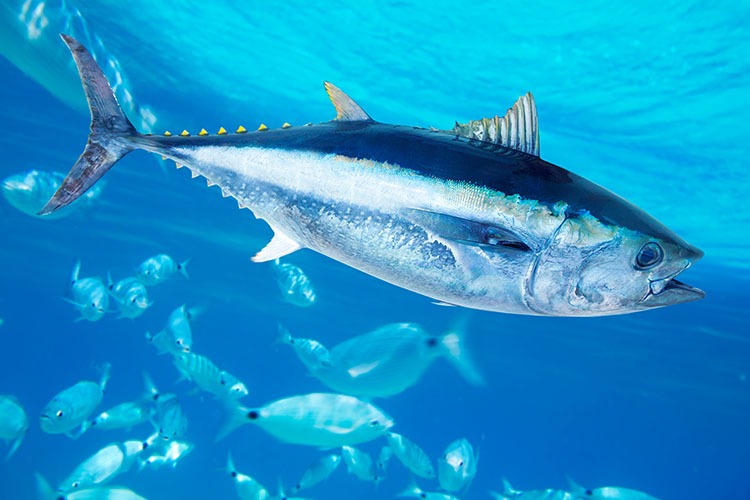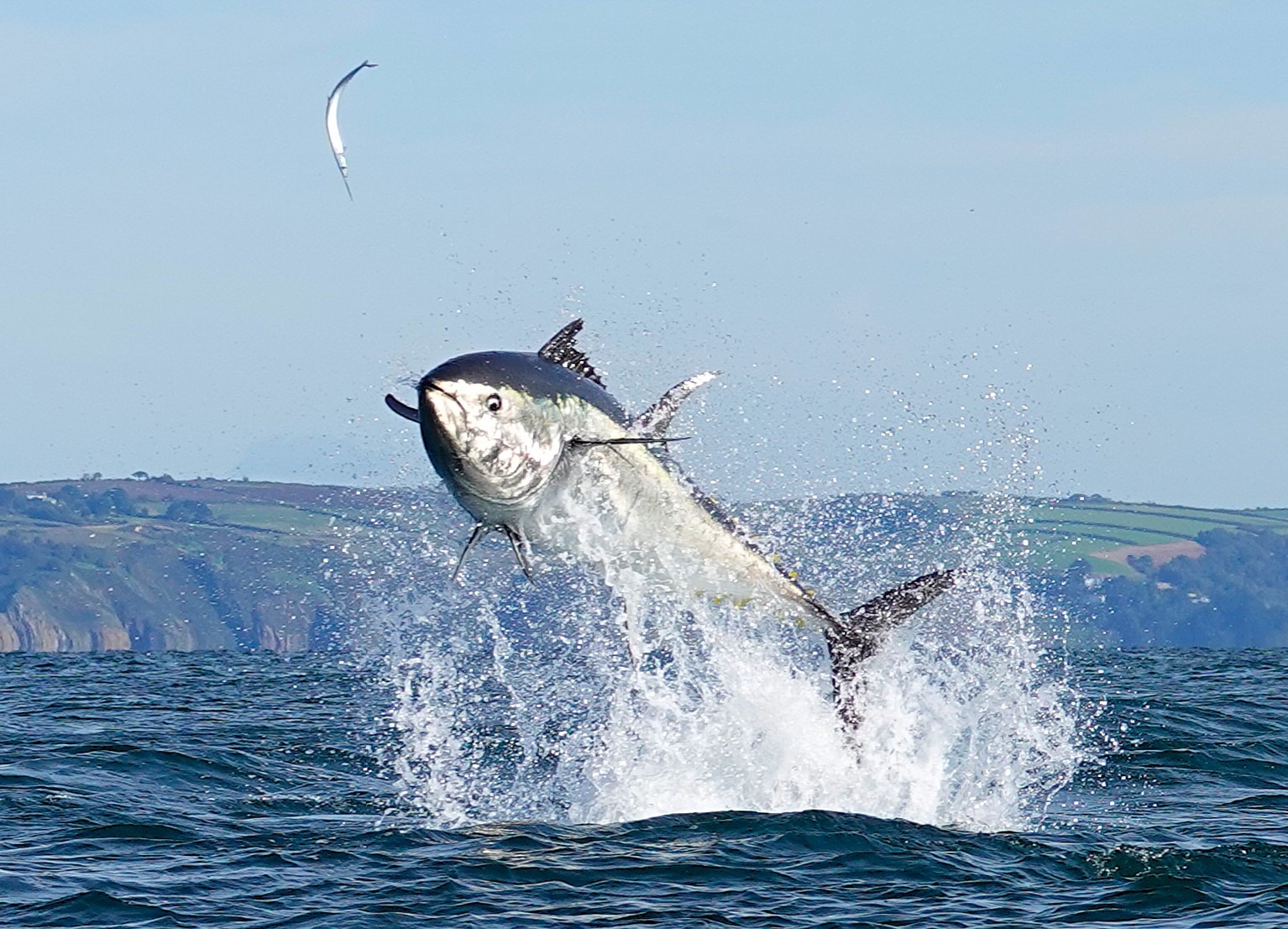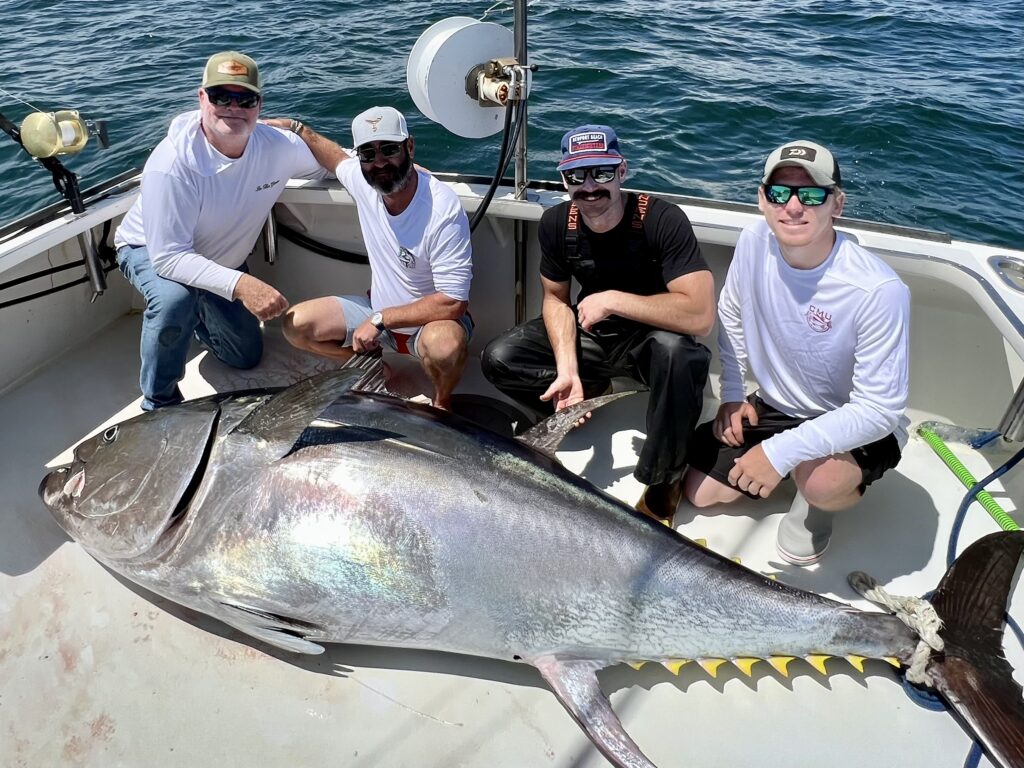Contents
ToggleThe Bluefin tuna, a majestic and powerful species of fish, is one of the most revered creatures in the ocean. Known for its impressive size, speed, and migratory nature, the Bluefin tuna stands as a symbol of both the vitality of marine ecosystems and the challenges faced by conservation efforts. Its value in the culinary world, particularly in sushi and sashimi dishes, has made it highly sought after, placing it at the center of both ecological concern and human exploitation.
Understanding Bluefin Tuna

The Bluefin tuna (Thunnus thynnus) belongs to the mackerel family and is one of the largest species of tuna. There are three main types of Bluefin tuna: the Atlantic Bluefin (Thunnus thynnus), the Pacific Bluefin (Thunnus orientalis), and the Southern Bluefin (Thunnus maccoyii). Each species is adapted to its specific oceanic region but shares many similar traits, such as large size, streamlined bodies, and the ability to traverse great distances.
The Atlantic Bluefin is the largest of the three, capable of growing up to 10 feet in length and weighing over 1,000 pounds. Pacific and Southern Bluefins, while slightly smaller, can still reach substantial sizes. Their sleek, torpedo-like bodies are built for speed, enabling them to reach speeds of over 40 miles per hour, making them one of the fastest fish in the ocean.
Habitat and Migratory Patterns
Bluefin tuna are pelagic fish, meaning they live in the open ocean rather than coastal areas. They are highly migratory, covering thousands of miles in their lifetime in search of food and breeding grounds. For example, Atlantic Bluefin tuna travel across the entire North Atlantic, from the Gulf of Mexico to the Mediterranean Sea, where they spawn. Pacific Bluefin migrate from the waters off Japan to the coastal regions of California and Mexico.
Their migratory behavior is tied closely to water temperature and the availability of prey. Bluefin tuna can regulate their body temperature, a trait that gives them an advantage in colder waters. This endothermic capability allows them to survive and thrive in a variety of marine environments, from the warm waters of the tropics to the colder, nutrient-rich waters of the northern oceans.
Feeding Habits
Bluefin tuna are apex predators, feeding on a wide range of smaller fish and invertebrates. Their diet typically consists of herring, mackerel, sardines, and squid, but they have been known to consume larger prey when necessary. Bluefin are opportunistic hunters, using their speed and agility to chase down fast-moving schools of fish. They are also known for their deep-diving abilities, often plunging hundreds of meters below the surface in pursuit of prey.
Their feeding habits are crucial not only for their own survival but for maintaining the balance of the marine food web. By preying on smaller fish species, Bluefin tuna help regulate fish populations, contributing to the overall health of marine ecosystems.
Culinary Importance and Economic Value

Bluefin tuna holds a special place in the global fishing industry, particularly in Japan, where it is highly prized for sushi and sashimi. The rich, fatty flesh of Bluefin , known as “toro,” is considered a delicacy, and top-quality Bluefin can fetch staggering prices at auctions. In 2019, a single Bluefin tuna sold for over $3 million at Tokyo’s famous Tsukiji Fish Market, underscoring its immense value in the culinary world.
The demand for Bluefin tuna has led to the development of large-scale commercial fishing operations, with methods such as purse seining, long-lining, and tuna ranching becoming increasingly common. Tuna ranching, in particular, involves capturing juvenile Bluefin tuna and fattening them in pens until they reach market size. While lucrative, these practices have raised serious concerns about the sustainability of Bluefin tuna populations.
Conservation Challenges
Despite their powerful presence in the ocean, Bluefin tuna populations have been declining due to overfishing. Atlantic Bluefin, in particular, has faced significant population pressure, with scientists estimating that some stocks have declined by as much as 80% over the past few decades. The high demand for Bluefin in the sushi market has fueled this overexploitation, leading to a critical conservation crisis.
International bodies such as the International Commission for the Conservation of Atlantic Tunas (ICCAT) have implemented quotas and restrictions in an attempt to protect Bluefin tuna stocks. However, enforcement of these regulations has proven difficult, and illegal, unreported, and unregulated (IUU) fishing continues to be a significant issue. Furthermore, the slow growth rate of Bluefin tuna, coupled with their late maturity—typically not reaching reproductive age until they are 8 to 12 years old—compounds the challenge of population recovery.
The Role of Aquaculture
Aquaculture has emerged as a potential solution to the overfishing problem, with scientists and companies working to develop sustainable methods of farming Bluefin tuna. Tuna ranching, as previously mentioned, has been in practice for years, but fully closed-cycle aquaculture—where tuna are bred and raised entirely in captivity—remains a more elusive goal.
Researchers in Japan and other parts of the world have made significant strides in developing these closed-cycle systems, but challenges such as high mortality rates, feed requirements, and the long maturation period of Bluefin tuna continue to hinder widespread adoption. Nonetheless, the potential for sustainable tuna farming remains a key focus in the fight to preserve wild populations.
Bluefin Tuna in Culture

Beyond their culinary and economic significance, Bluefin tuna hold a place of cultural importance, particularly in regions that rely heavily on fishing for their livelihoods. In Japan, the annual tuna auctions at Tsukiji and now Toyosu Market are more than just commercial transactions; they are cultural events that attract global attention. Fishermen in the Mediterranean, particularly in Spain and Italy, also have a long history of tuna fishing, with traditional methods such as almadraba still being used today.
The Bluefin tuna has also become a symbol of the broader struggle to balance human consumption with conservation. Documentaries such as The End of the Line and Seaspiracy have brought attention to the plight of Bluefin tuna and other overfished species, highlighting the urgent need for global action to protect our oceans.
The Future of Bluefin Tuna
The future of Bluefin tuna is uncertain. On one hand, conservation efforts have led to some positive developments, with recent reports suggesting that certain stocks, such as the Eastern Atlantic Bluefin, may be showing signs of recovery. Strict quotas, better monitoring, and international cooperation have contributed to these gains, providing hope that Bluefin tuna populations can be restored if managed properly.
On the other hand, the continued demand for Bluefin tuna, combined with the challenges of enforcing regulations and combating illegal fishing, means that the species remains mancingduit login vulnerable. Climate change also poses a significant threat, as warming oceans and changing marine ecosystems could disrupt Bluefin migratory patterns and food sources.
Conservationists argue that more needs to be done to protect Bluefin tuna, including reducing the global appetite for its flesh. Public awareness campaigns that promote sustainable seafood choices, as well as continued research into aquaculture solutions, are essential for ensuring that future generations can experience the majesty of this incredible fish.
Conclusion
The Bluefin tuna is more than just a powerful predator of the ocean; it is a species that encapsulates the complexities of marine conservation. While its value in the global market has driven it to the brink of collapse, efforts to protect and sustainably manage Bluefin tuna stocks offer a glimmer of hope. Through continued cooperation between governments, conservationists, and the fishing industry, there is a chance to preserve this iconic species for future generations to marvel at in both the wild and on the dinner plate. The balance between human consumption and ecological responsibility is delicate, but with the right actions, Bluefin tuna can continue to thrive in the oceans they so elegantly dominate.



